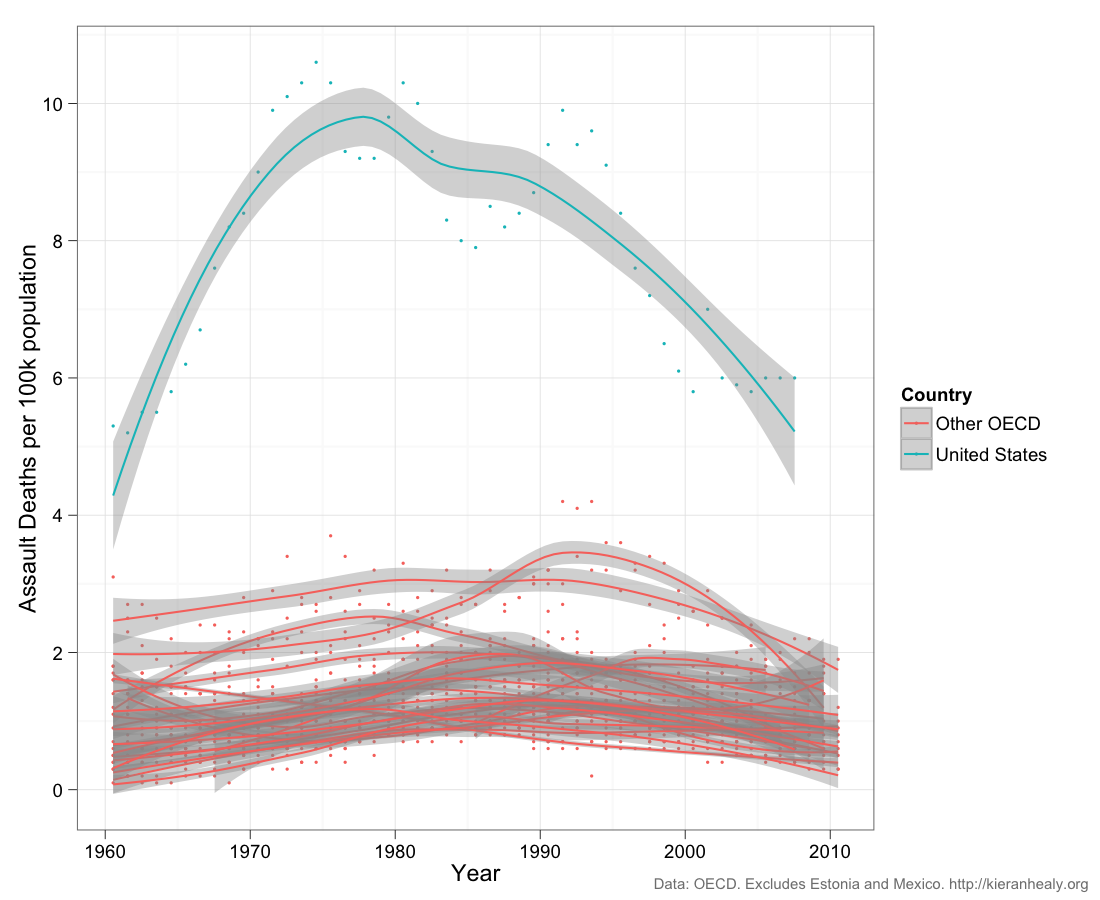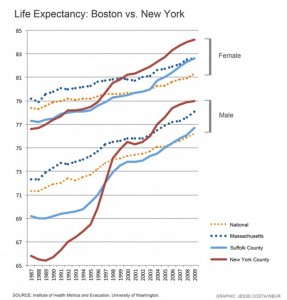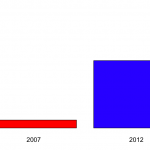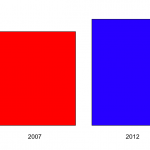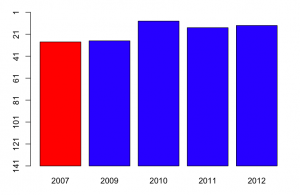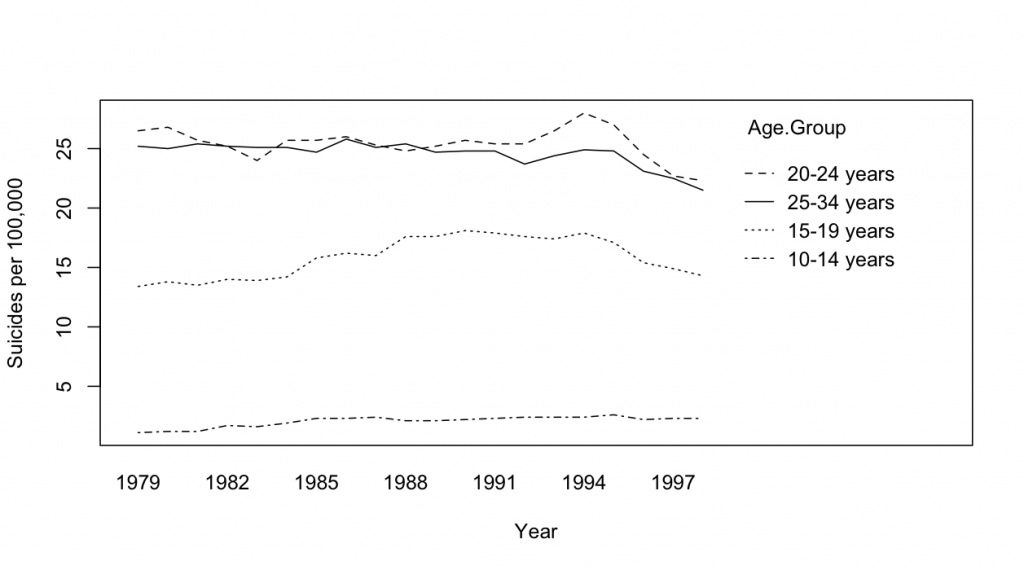One-third of who?
The lead in an otherwise reasonable story about a large employee survey in the Herald today is
Just one-third of New Zealand employees are currently working to their full potential.
If you go and look at the report (the first PDF link on this page), you find that the survey says it’s a stratified random sample, matched on organisation size, and then goes on to say that 93% of respondents “were from private organisations employing 50 or more people”. At little work with StatsNZ’s business demography tables shows that about 57% of NZ employees work for organisations employing 50 or more people, and when you remove the public-sector employees from the numerator you get down to 42%. The survey must have specifically targeted people working for large private organisations. Which is fine, as long as you know that and don’t just say “NZ employees”.
Also, the link between “working to their full potential” and what was actually measured is not all that tight. The 33% is the proportion of respondents who are “engaged”, which means responding in the top two categories of a five-point scale on all eight questions targeting “job engagement” and “organisational engagement”.
Although it’s harder to interpret actual numerical values, since the company seems to use consistent methodology, changes since the last survey really are interpretable (bearing in mind a margin of error for change of around 3%). And if you bear in mind that the survey was done by people who are trying to sell managers their services, and read the report with an skeptical eye to what was actually measured, it might even be useful.
